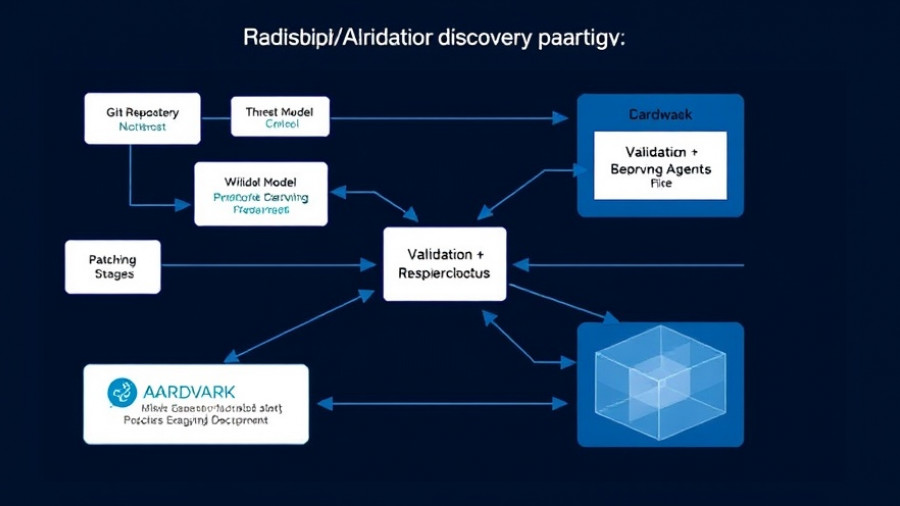
Understanding the New Class of AI Identities
In recent years, insights into agentic AI and its implications for identity security have grown more critical. These intelligent agents evolve beyond traditional machine identities, functioning independently and making decisions akin to human operators. As organizations move to harness these capabilities, they must also grapple with the complexities and risks they pose. This necessitates a robust identity security framework.
Agentic AI: A Double-Edged Sword for Security
The rise of AI agents introduces unprecedented challenges to identity management. According to Gartner, traditional machine identities now outnumber human identities by a staggering 82:1. As AI adoption sees exponential growth—predicted to reach 33% in enterprise applications by 2028—the question arises: how do organizations secure these new identities without overwhelming their existing security infrastructures?
AI agents can autonomously access sensitive systems, which dramatically increases the attack surface. If these agents are provisioned with excessive permissions to ensure operational efficiency, they become vulnerable targets for cybercriminals. Unlike their human counterparts, AI agents lack inherent security awareness, making them susceptible to attacks that exploit their operational functions.
The Risk Landscape: Vulnerabilities of AI Agents
Understanding the new risks associated with agentic AI necessitates examining past trends in identity security. For instance, a recent report revealed that 44% of cybersecurity leaders view AI-driven phishing as a primary threat. As AI systems proliferate, they become more attractive to attackers who leverage their complex architectures for malicious purposes.
The vulnerabilities include adversarial inputs and data poisoning, which can derail AI operations by injecting faulty or harmful data into the systems. As organizations increase their reliance on AI for operations—from customer service to data management—they must also adopt proactive measures against these modern threats, lest they open themselves up to data breaches and operational disruptions.
Adopting a Security-First Identity Management Approach
As the complexities of identity security grow, organizations must transition toward a security-first approach for managing AI agents. This includes implementing comprehensive access and monitoring protocols to mitigate risk effectively. Recovery strategies should be established for rapid response to anomalies, helping to ensure that any suspicious activity can be addressed before major damage is done.
Tools such as AI threat detection can be particularly useful. By establishing ongoing monitoring of AI behavioral patterns, organizations can gain insights that help recognize deviations from expected operations promptly. This proactive stance is essential, particularly in environments where rapid AI deployment is prevalent.
Future Trends in Identity Security with Agentic AI
As the landscape continues to shift, regulatory frameworks surrounding AI will become increasingly significant. Organizations will need to adhere to guidelines that govern the ethical use of AI, ensuring compliance not only for legal protections but also for maintaining customer trust. With standards evolving rapidly, those organizations that adapt to these changes will be better positioned to avoid the pitfalls of identity-based cyber threats.
Further, businesses that invest in AI governance, complete with clear documentation and oversight of AI training datasets, create a more resilient identity security strategy. This will be critical as the demand for AI continuity intersects with the need for security and privacy—a balancing act at the forefront of technological advancement.
Conclusion: Embracing the Future of AI Safely
The emergence of agentic AI heralds a new era of operational efficiency, but organizations must navigate the accompanying risks with foresight and diligence. By fostering a culture of identity safety and proactive strategy adaptation, enterprises can fully realize the rewards of AI innovation while safeguarding their resources. Now is the time for organizations to prioritize security frameworks that address the unique challenges presented by this new class of digital identities.
 Add Row
Add Row  Add
Add 




Write A Comment